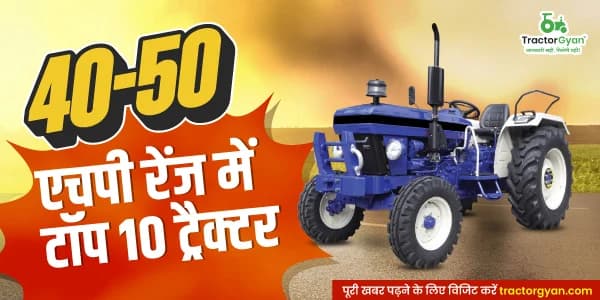Combine harvester vs Manual harvesting: Cost analysis
टेबल ऑफ कंटेंट
Confused about whether to stick with "free" manual harvesting or invest lakhs in a massive combine harvester machine? For every farmer, this is a crucial decision to make.
Let’s conduct a detailed cost analysis of both harvesting methods so that our farmer brothers can make an informed decision.
Key Takeaways
- Manual harvesting is based on sickles, cheap labour, and tradition, whereas combine harvesters use modern farm mechanization.
- Using combine harvesters can boost the profit margins of farmers up to 22%.
- The government provide time to time subsidies on combine harvester machines.
- For farmers with less than 5 acres, mini combine harvesters or custom hiring can deliver technology benefits without heavy debt.
Check the best combine harvester models in India.
Cost Analysis of Combine Harvester vs Manual Harvesting
Let’s talk about the real stuff now.
| Aspect | Combine Harvester | Manual Harvesting |
|---|---|---|
| Early Investment | ₹ 12,50,000 - 45,00,000 | About ₹10,000 for tools and machinery, and ₹8,000–15,000 per hectare for labour. |
| Labour | 1-2 operators per hectare | 15-20 labourers/hectares |
| Time | 2-4 hours per hectare | 20-40 men per hectare per hour |
| Grain Loss/Efficiency | < 4.5% loss | Up to 10% loss |
| Suitable Farm Size | 5+ acres | Less than 5 acres |
| Government Subsidy | 40-50% | Not applicable |
Initial Investment and Machinery Costs
From the early investment point of view, manual harvesting is cheaper, whereas buying combine harvesters is a costlier affair, as the combine harvester price in India starts from ₹12,70,000*.
The machinery cost for manual harvesting is usually under ₹10,000 because tools such as the sickle (Hansiya/Danti/Hasia), hoe (Khurpi/Kudal), spade (Phawda), etc., are very affordable.
On the other hand, combine harvester machinery, such as headers, grain tanks, augers, and cleaning systems, is costly, and it varies by harvester size, brand, and crop specialization.
Quick Links
Labour Expenses and Workforce Requirements
Next, let’s compare the combine harvester vs. manual harvesting on the labour expenses and workforce consumed by these two methods.
- Manual harvesting requires a large workforce, often 15–20 labourers per hectare for rice or wheat, and takes several days. The average labour cost in India is ₹8,000–₹15,000 per hectare for rice or wheat in peak season. When combined, it comes out to be a huge expense for farmers.
- The labour expenses are way too low with combine harvesters, and more than 80% of the harvesting tasks are automated. A single operator can harvest acres of land within a few hours.
Operational Efficiency and Time Savings
Time and operational efficiency matter a lot, especially when farmers have ready-to-harvest crops in their fields. A single-day delay in harvesting the ready crop can lead to a huge loss. So, let’s compare the combine harvester vs. manual harvesting on this aspect.
- Time Consumed: A farmer can harvest a hectare of ready crop within 2 to 4 hours using a combine harvester, whereas it takes 20-40 man-hours per hectare in the case of manual harvesting.
- Working Speed: The average harvesting speed is 2.4 to 3 acres per hour with a combine harvester, whereas it takes a few days in the case of manual harvesting.
Long-Term Profitability and Return on Investment
Now, let’s review the long-term profitability and ROI of both methods.
- Combine harvesters can help farmers reduce the farming costs by up to 35-58% and be 70-97% more productive.
- The returns per rupee invested were better with combine harvesters (1.58) than with manual methods (1.50).
- Combines reduce harvest losses by around 4.5% and increase the household income up to 22.5% compared to farmers relying on manual harvesting.
Combine Harvester vs. Manual Harvesting: What Wins?
Seeing the above comparison, buying a combine harvester makes sense for large-scale farmers, whereas small-scale farmers can take the help of mini harvesters or custom hiring centres to be more productive.
Why Tractor Gyan?
At Tractor Gyan, find the best combine harvester models with complete details on features, technology, and specifications. Compare options, explore updated prices, and choose the right harvester for your farm needs with expert guidance and reliable information—all in one place.
कैटेगरी
और ब्लॉग पढ़ें
Swaraj 735 tractor variants in India are true testaments of quality features and unmatched affordability. This tractor variant features three models in the 31-40 HP range and is ideal for small to mid-scale farmers engaged in progressive farming.
If you’re in doubt and...
क्या आप जानते हैं कि टायर आपके ट्रैक्टर की जान हैं और अगर आप बिना सोचे-समझे ट्रैक्टर का टायर खरीद लेते हैं, तो आप अपनी जेब खाली करने से बस कुछ ही कदम दूर हैं?
तो आज, आइए बात करते हैं उन...
हर एक आयशर प्राइमा जी 3 सीरीज़ ट्रैक्टर अपने आप ने कुशल निर्माण का प्रतिक है और इसी वजह से हमारे किसान भाइयो को एक सही आयशर प्राइमा जी 3 सीरीज़ ट्रैक्टर चुनने में मुश्किल होती हैं पर अब नहीं होगी...
इसके बारे में अपनी टिप्पणी लिखें Combine harvester vs Manual harvesting: Cost analysis
.webp&w=1920&q=75)
ट्रैक्टर और कृषि से जुड़े सबसे अधिक खोजे जाने वाले ब्लॉग्स
18 Dec 2025
18 Dec 2025
29 Jul 2025
08 Sep 2025
03 Jul 2025
30 Jul 2025
30 Jul 2025
30 Jul 2025
29 Jul 2025
30 Jul 2025
29 Sep 2025
31 Jul 2025
18 Dec 2025
31 Jul 2025















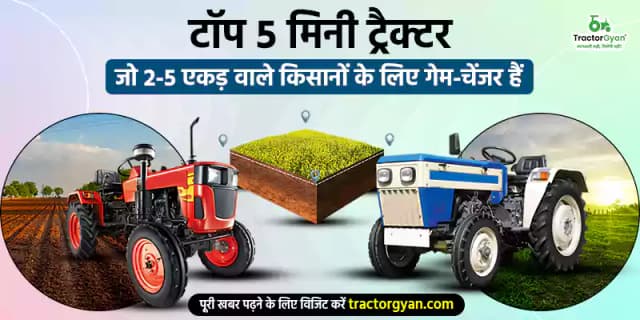




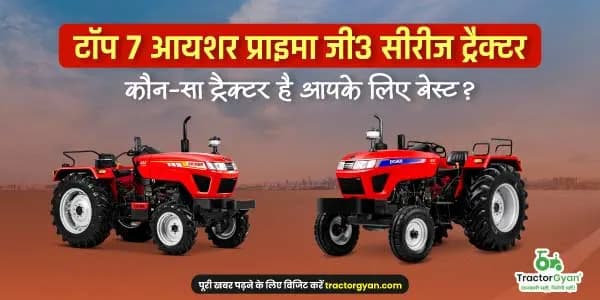
.webp&w=2048&q=75)
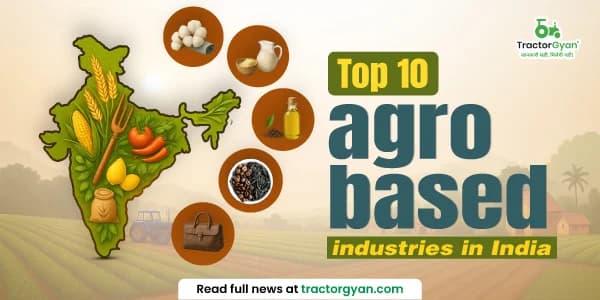
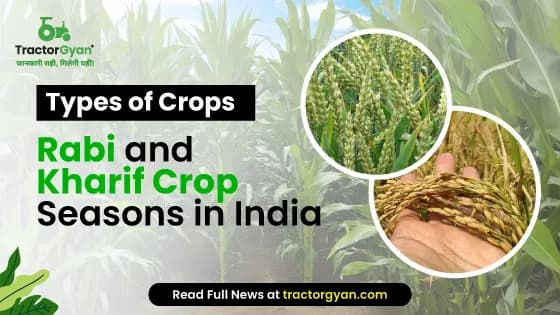



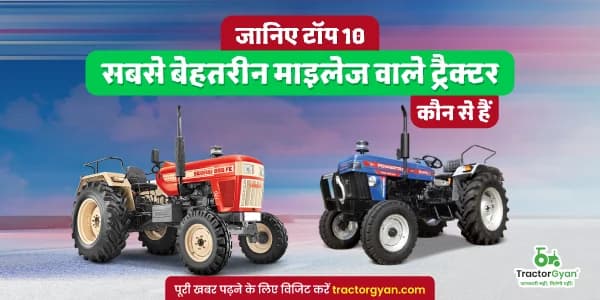
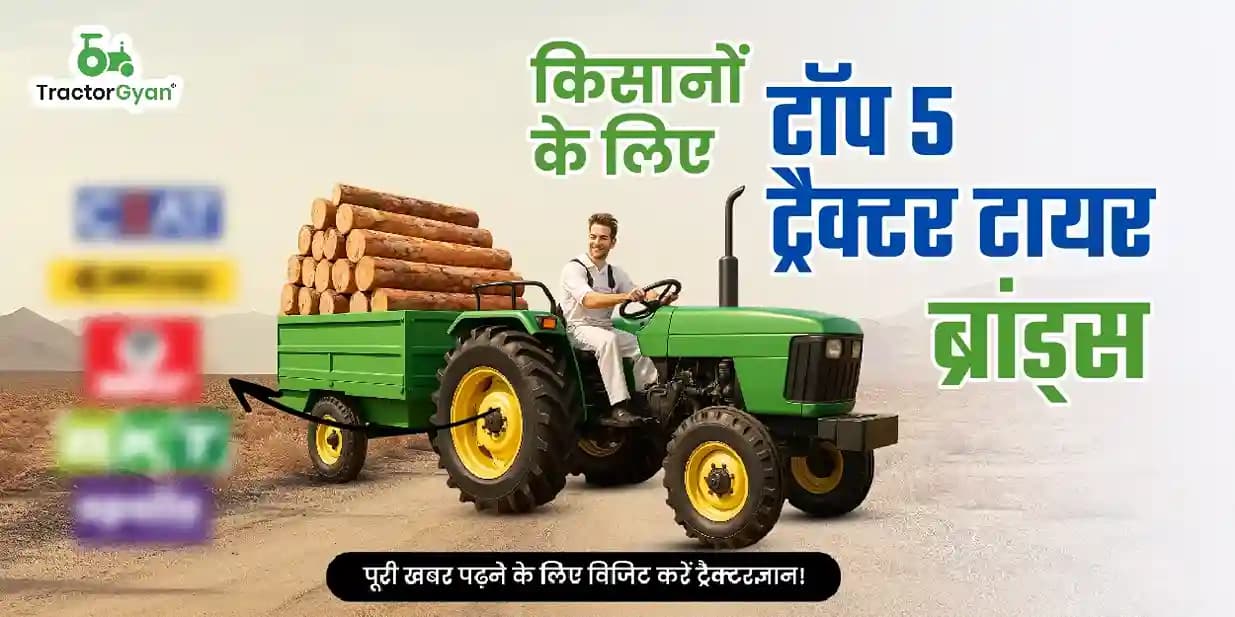



.webp&w=2048&q=75)
.webp&w=2048&q=75)
